Founded in 2002, Spain-based studio MercurySteam has quite the resume. While the studio is best known for its Castlevania: Lords of Shadow series, Metroid: Samus Returns, and Metroid Dread, MercurySteam has also released plenty of its own original titles over the years; however, Blades of Fire is the studio’s first new IP in almost a decade.
Blades of Fire is a fantasy third-person action-adventure game with an incredibly unique spin on the Soulslike genre. But while its combat and originality are major strengths, there’s too much that holds Blades of Fire back from greatness.
Related
Interview: Blades of Fire’s Art Director Talks 80s Inspirations and Creating a Brutal Fantasy World
Game Rant speaks with Blades of Fire Art Director Arturo Serrano about his biggest inspirations and his role in forging the game’s dark fantasy world.
Blades of Fire’s Story is a Mixed Bag
Blades of Fire sees players taking control of Aran de Lira, a grizzled warrior who’s just been gifted one of the seven ancient Forgers’ Hammers. With this godly tool in hand, Aran sets off with the young scholar Adso to take down the tyrannical queen terrorizing the land.
Blades of Fire‘s story is solid. Though little narrative context is given to players at the start of their adventure, some intriguing twists, turns, and backstory revelations start to rear their head a few hours in. And while the narrative sinew joining these moments isn’t very strong, some surprisingly emotional moments sprinkled throughout the game go a long way in keeping players invested.
That said, Blades of Fire‘s writing and voice work don’t do the game’s serviceable story any favors. Though the performances themselves are fine, the implementation of voice lines can often lead to severe tonal dissonance, with characters making awkward jokes during an otherwise serious narrative sequence, or characters seemingly ignoring a vital story revelation moments after it’s happened.
Additionally, many of the back-and-forth lines between Aran and Adso are repeated multiple times, which makes the story and its characters feel artificial. But much like other Soulslikes, Blades of Fire‘s story takes a backseat to its gameplay.
Blades of Fire Has A Strong and Novel Gameplay Loop
Combat is by far Blades of Fire‘s greatest strength. The game uses a traffic light system whereby enemies are given a colored outline when players lock onto them. A green outline indicates the enemy will take full damage, orange means they’ll take reduced damage, and red means they’ll take no damage at all.
As players progress through Blades of Fire, they’ll encounter new enemy types that have specific resistances. Some enemies will wear armor on their body, which requires players to target their unarmored weakpoints using the game’s directional attacks. Other enemies will be resistant to a certain damage type, such as slashing or blunt attacks, and thus require the player to use a different kind of weapon or weapon stance.
This constant moment-to-moment variation, along with responsive controls, unique and fluid animations for each weapon, and presentation touches like gory slow-motion finishers keeps Blades of Fire‘s combat consistently engaging throughout the game’s 30-hour runtime. Mechanics like the “Breath of the Defender” system, where players need to guard to regain their stamina, also do a great job of making Blades of Fire‘s combat feel like a true evolution of the Soulslike genre.
But combat is just one half of Blades of Fire‘s gameplay loop. One of Blades of Fire‘s defining features is its Forge system, which sees players creating their weapons from scratch. Players choose a Forge Scroll blueprint, customize the weapon’s various components and materials, and engage in a heating minigame that sees them trying to lower and raise metal bars to match the on-screen shape.
This Forge system takes some time to get used to, but after a few hours, the impressive depth of the system turns from overwhelming to engrossing. Blades of Fire‘s Forge lets players manually adjust their weapon’s parry window, block capabilities, reach, and damage. This level of player agency is rarely seen in a Soulslike, and it paves the way for a satisfying gameplay loop whereby players encounter a new threat, craft a powerful new weapon tailored to it, and use that weapon to engage in a thrilling duel.
This gameplay loop also encourages players to seek out the best materials they can find and unlock new Forge Scrolls, which feeds naturally into Blades of Fire‘s level design.
Blades of Fire Suffers From Severe Pacing Issues
Blades of Fire‘s world is split into a handful of distinct regions, each with its own set of unique, interconnected locations. These locations contain a wealth of optional pathways, most of which reward exploration by offering some genuinely useful upgrades. Players can find gems that increase their health and stamina, Criptexes that increase their healing flasks, and statues that award them with new upgrade materials for specific weapons.
Along with being rewarded for going off the beaten path, Blades of Fire encourages players to engage in every combat encounter they find themselves in, as new weapons are unlocked by defeating a certain number of a specific enemy type.
The very first area serves as the perfect example of Blades of Fire‘s level design working as intended. The environment looks visually impressive, there’s plenty of enemy variety, and players are rewarded for exploring. The critical path towards the next objective is also made clear.
It’s in Blades of Fire‘s third area that pacing issues start to rear their head. Levels quickly become a sprawling network of interconnected pathways that spiral erratically between different elevations. While this complexity can make levels feel lively and memorable, it can also make traversing them somewhat of a nightmare. This is especially true when the critical path is hidden behind something that otherwise seems optional, or a mechanic that hasn’t been introduced before that point.
To make matters worse, Blades of Fire frequently tasks players with backtracking through these levels to find key items and open up new paths, which means the novelty of exploring these fantastical locations quickly wears off. The obtuseness of these levels isn’t the only thing dragging Blades of Fire‘s pace, however.
Blades of Fire Doesn’t Nail The Soulslike Difficulty Balance
A high level of difficulty is often part and parcel of the Soulslike genre. Enemies hit hard, and players are forced to use their skills to progress. But there’s a careful balance that needs to be struck to ensure that the player is challenged while not being discouraged. When it comes to most of its regular enemies, Blades of Fire understands this balance well.
Enemy variety is a core strength of Blades of Fire, with players being presented with a plethora of distinct visual designs and movesets throughout their adventure, most of which challenge the player in fair and unique ways. Blades of Fire‘s boss design, however, isn’t nearly as strong.
There are only a handful of boss fights in Blades of Fire, many of which repeat several times during the game. Though this repetitiveness is disappointing, it’s far from these bosses’ biggest issue. Many of these encounters feature standard attacks that kill the player in just one hit.
In other Soulslikes, a boss that can instantly kill the player is a sign that they need to go elsewhere and level up. But in Blades of Fire, that option doesn’t really exist. While players can find various resources to increase their health, stamina, and number of health flasks, and can craft harder-hitting weapons, they can’t level up in a traditional sense. And regardless of how many resources the player has found, these bosses will always be able to down them in just one hit.
This means there’s no margin for error in these boss fights, which can obviously lead to some exceptionally frustrating deaths. This is especially true for physically smaller bosses who hit just as hard as their larger counterparts but feature a much faster moveset, making it nigh on impossible to read their attack patterns.
These boss fights eventually become mandatory and can end up taking hours for the player to conquer, thus dragging Blades of Fire‘s pacing to a screeching and infuriating halt. Though the regular enemies that come before and after these boss fights are tough, their attacks are well-telegraphed and their damage output leaves some room for natural error. This juxtaposition only serves to make the boss encounters feel artificially difficult.
I played the entirety of Blades of Fire on “Steel” difficulty, which is the recommended setting.
In many ways, Blades of Fire is a trailblazer. Its core loop of thrilling combat encounters, rewarding exploration, and satisfying weapon creation and customization remains engaging throughout its runtime, and there are plenty of mechanics that push the Soulslike genre forward.
But Blades of Fire‘s momentum is brought to an abrupt stop regularly. Artificial difficulty spikes and needlessly obtuse level design can lead to a lot of unnecessary frustration, and that frustration can quickly overshadow the game’s greatest strengths. Blades of Fire had all the right materials in front of it, but it forged an uneven blade that keeps accidentally wounding its wielder.
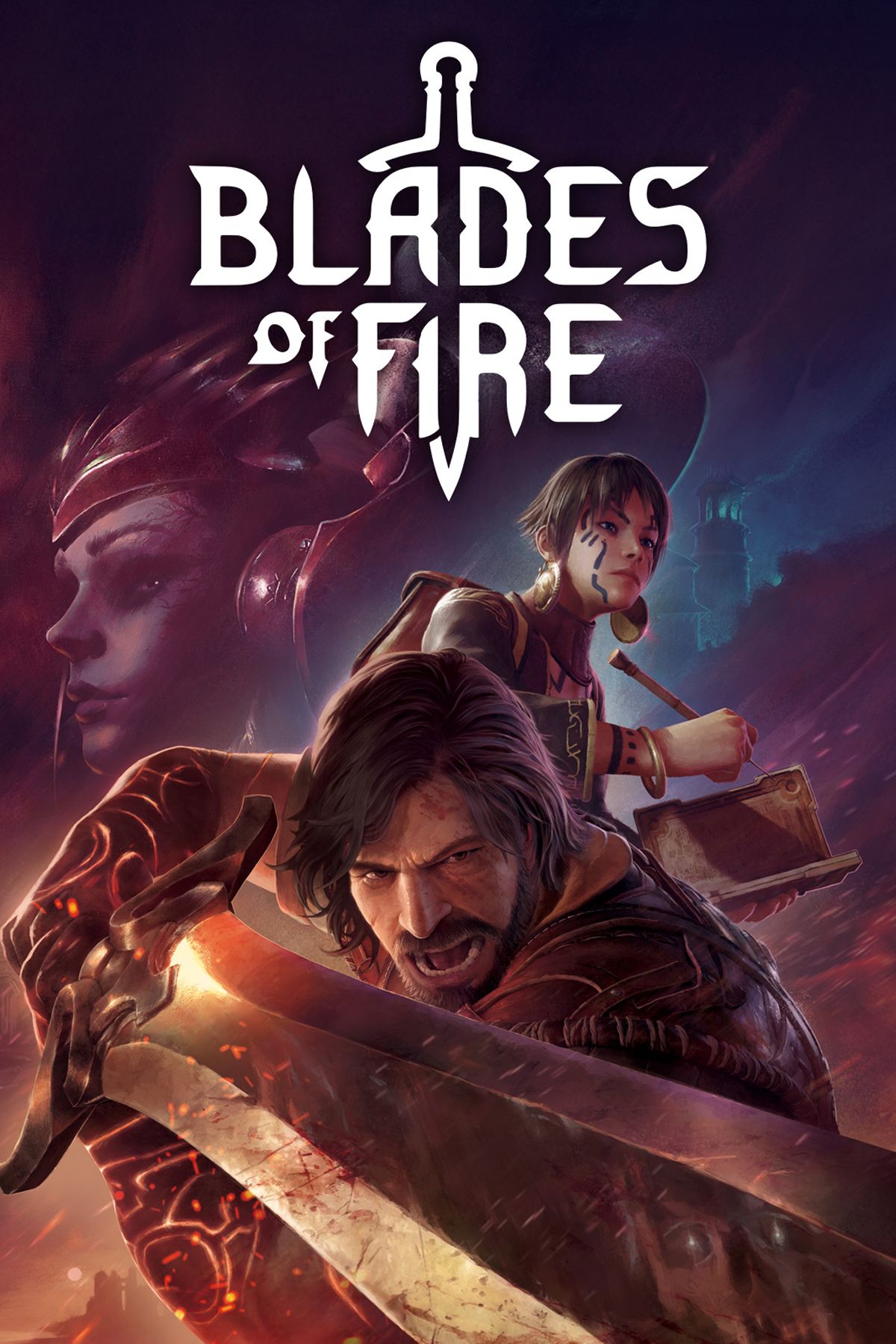
Blades of Fire
Reviewed on PS5
- Released
-
May 22, 2025
- ESRB
-
M17+ For Mature 17+ // Blood and Gore, Intense Violence, Strong Language
- Combat feels great and is packed with novel mechanics
- Forge system rewards experimentation
- Visuals and presentation are strong
- Level design is overly complex
- Boss difficulty feels artificial
- Story is let down by some writing and voicework issues
Blades of Fire is set for release on May 22 for PC, PS5, and Xbox Series X/S. Game Rant was provided a PS5 code for this review.

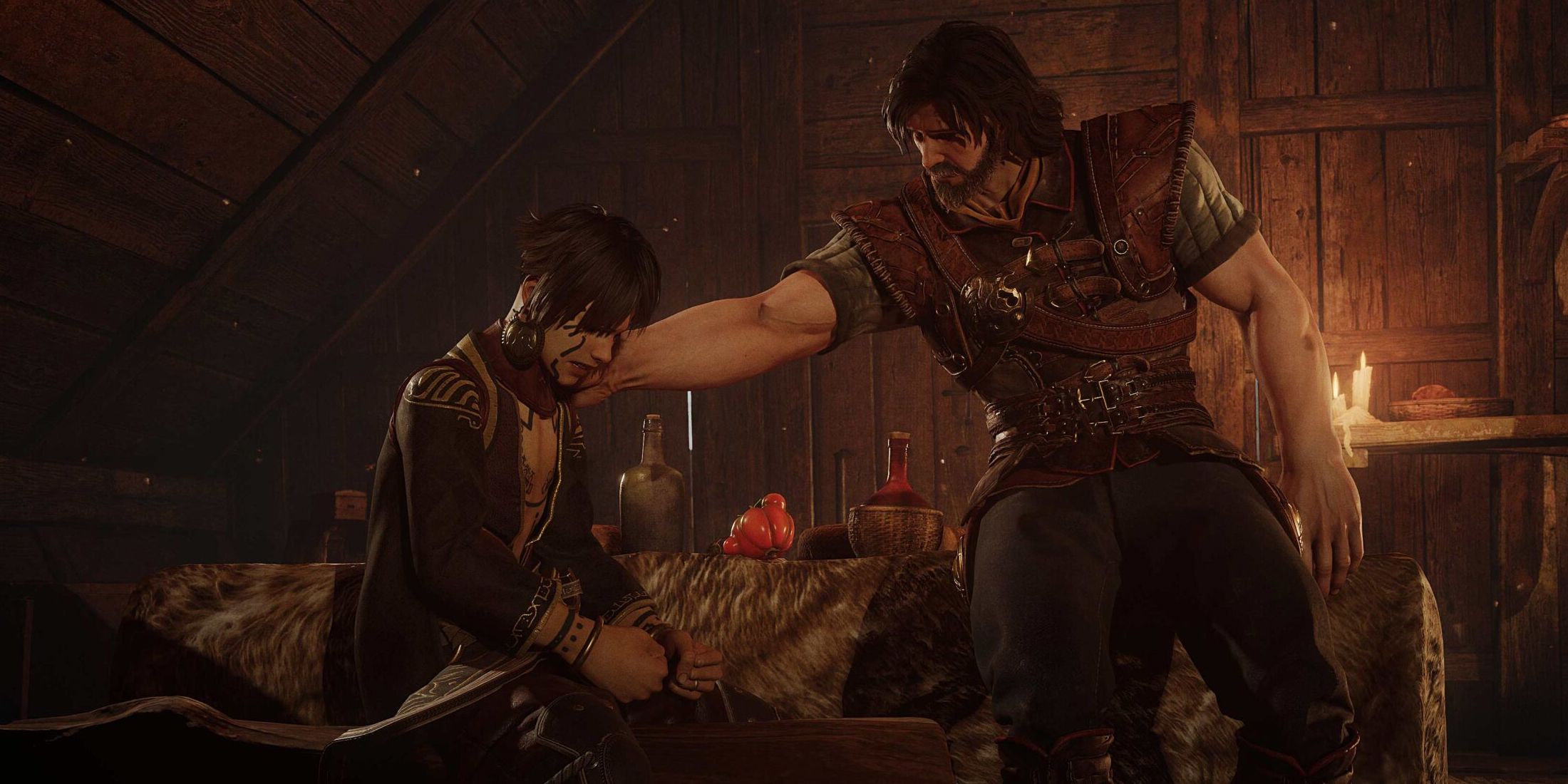
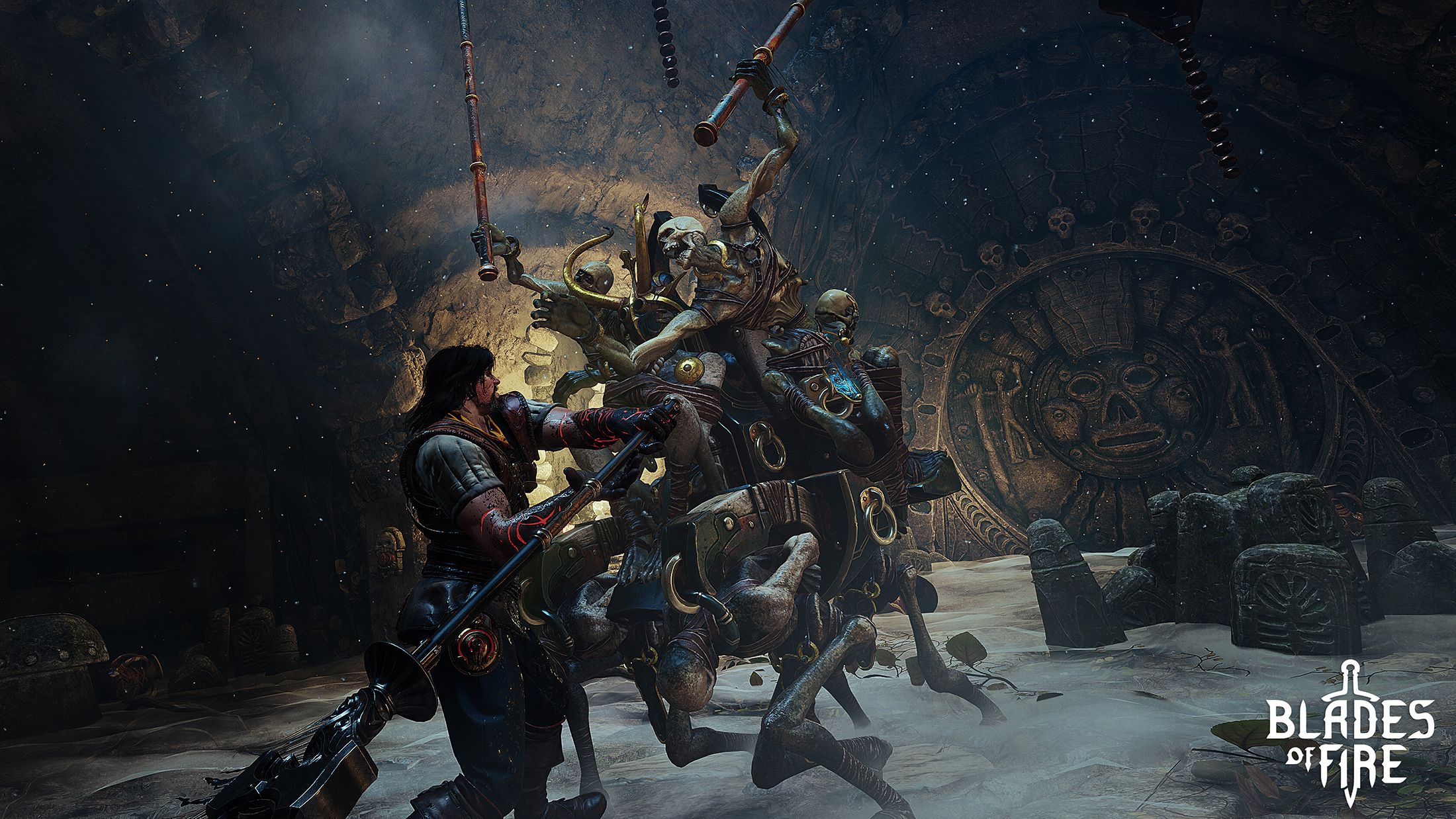
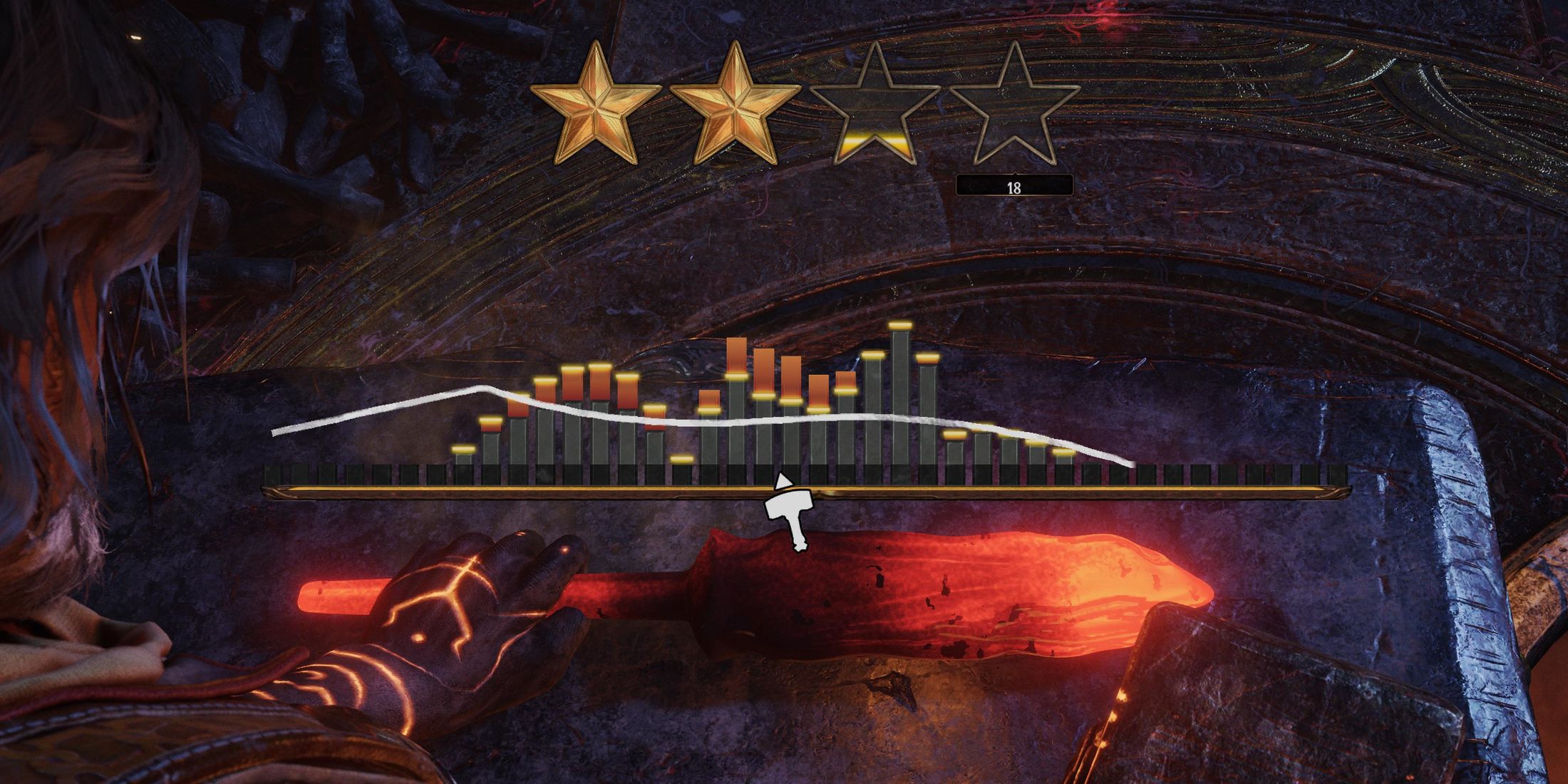
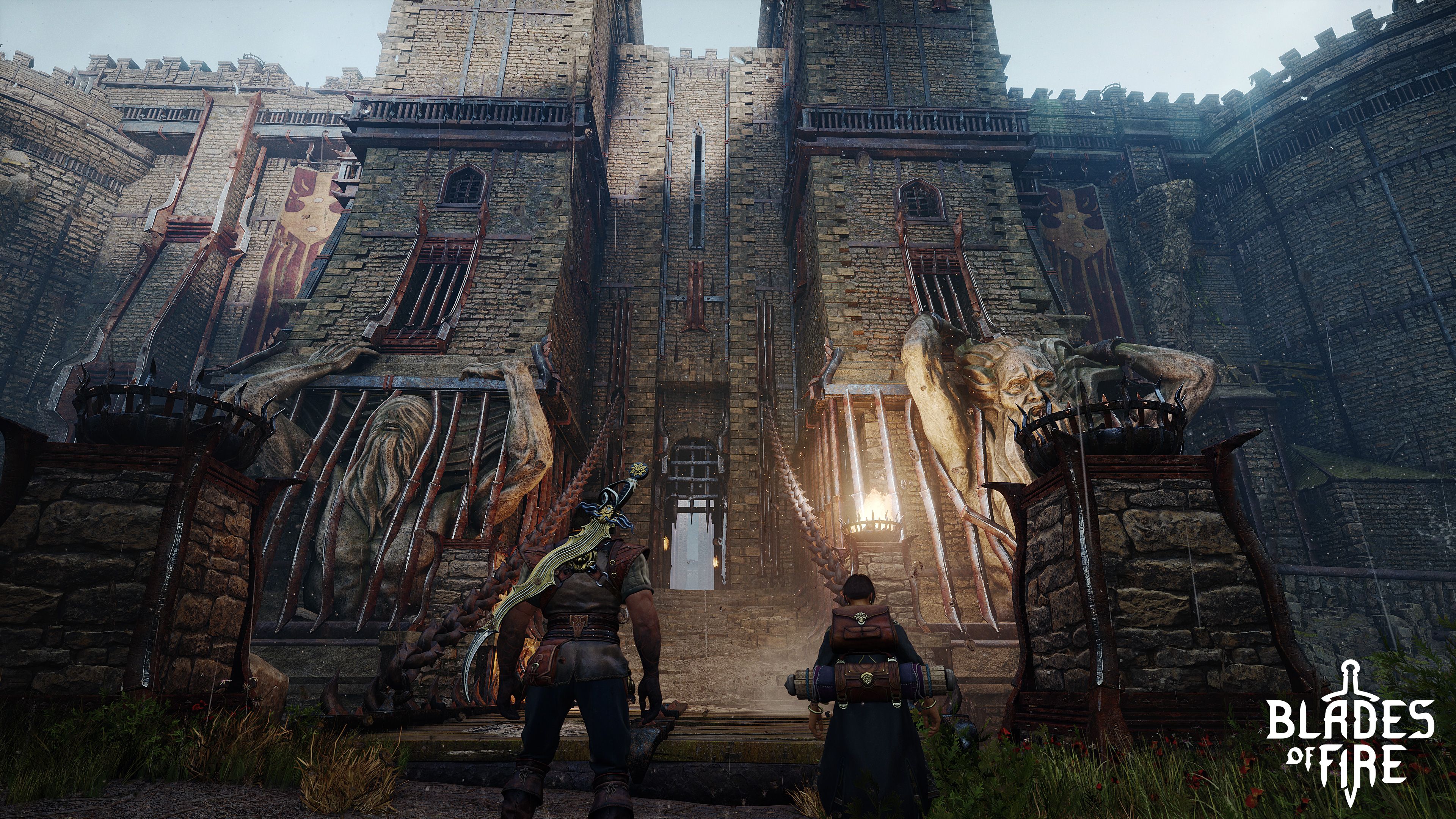
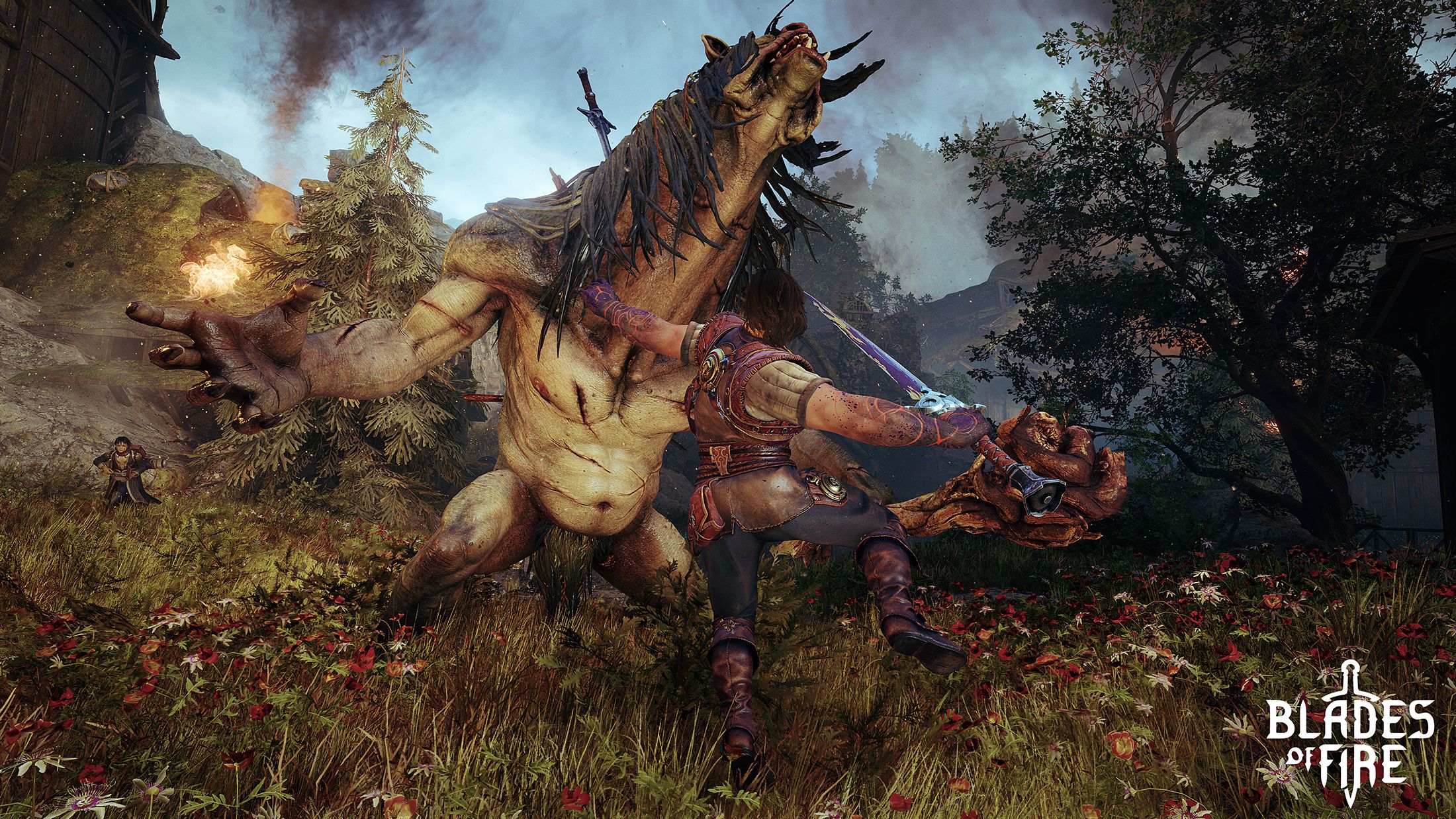







![Senuas Saga Hellblade II Enhanced [RUNE] – MaxBit Senuas Saga Hellblade II Enhanced [RUNE] – MaxBit](https://i1.wp.com/gamepcfull.com/wp-content/uploads/2024/05/Free-download-Senuas-Saga-Hellblade-II-Enhanced-Edition-gamepcfull.jpg?w=100&resize=100,100&ssl=1)

